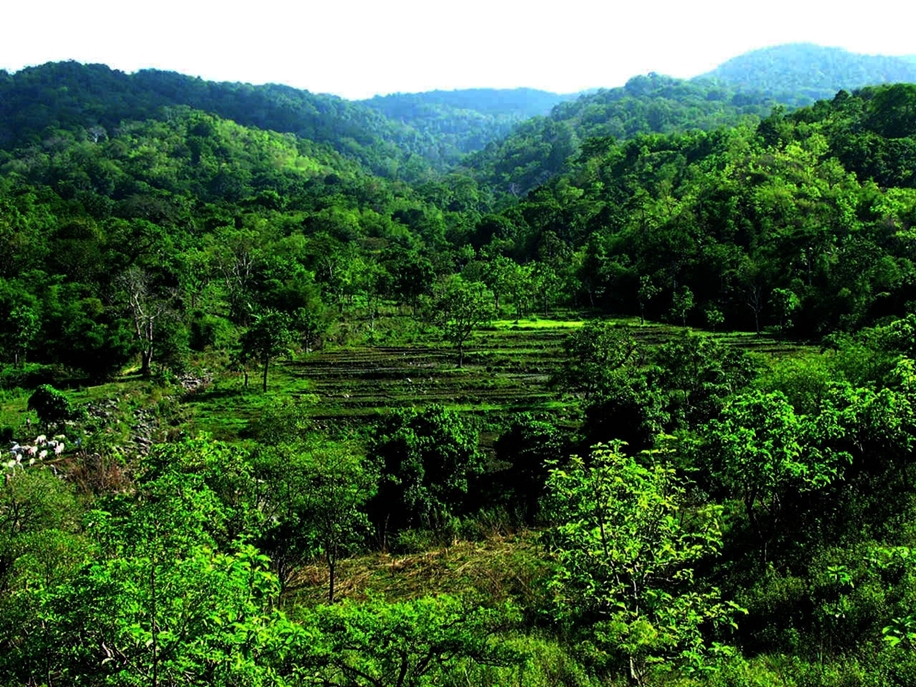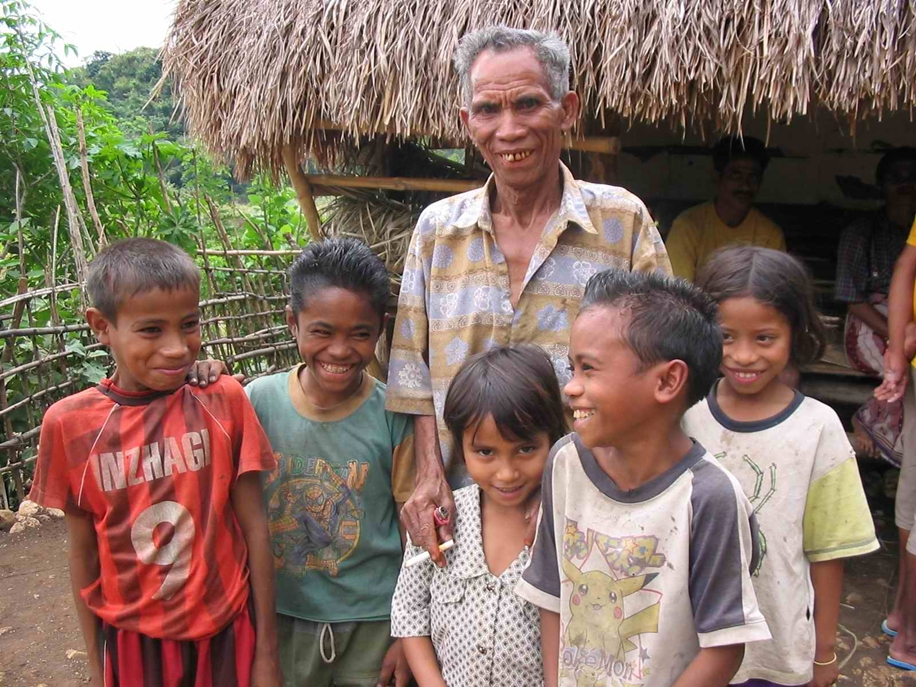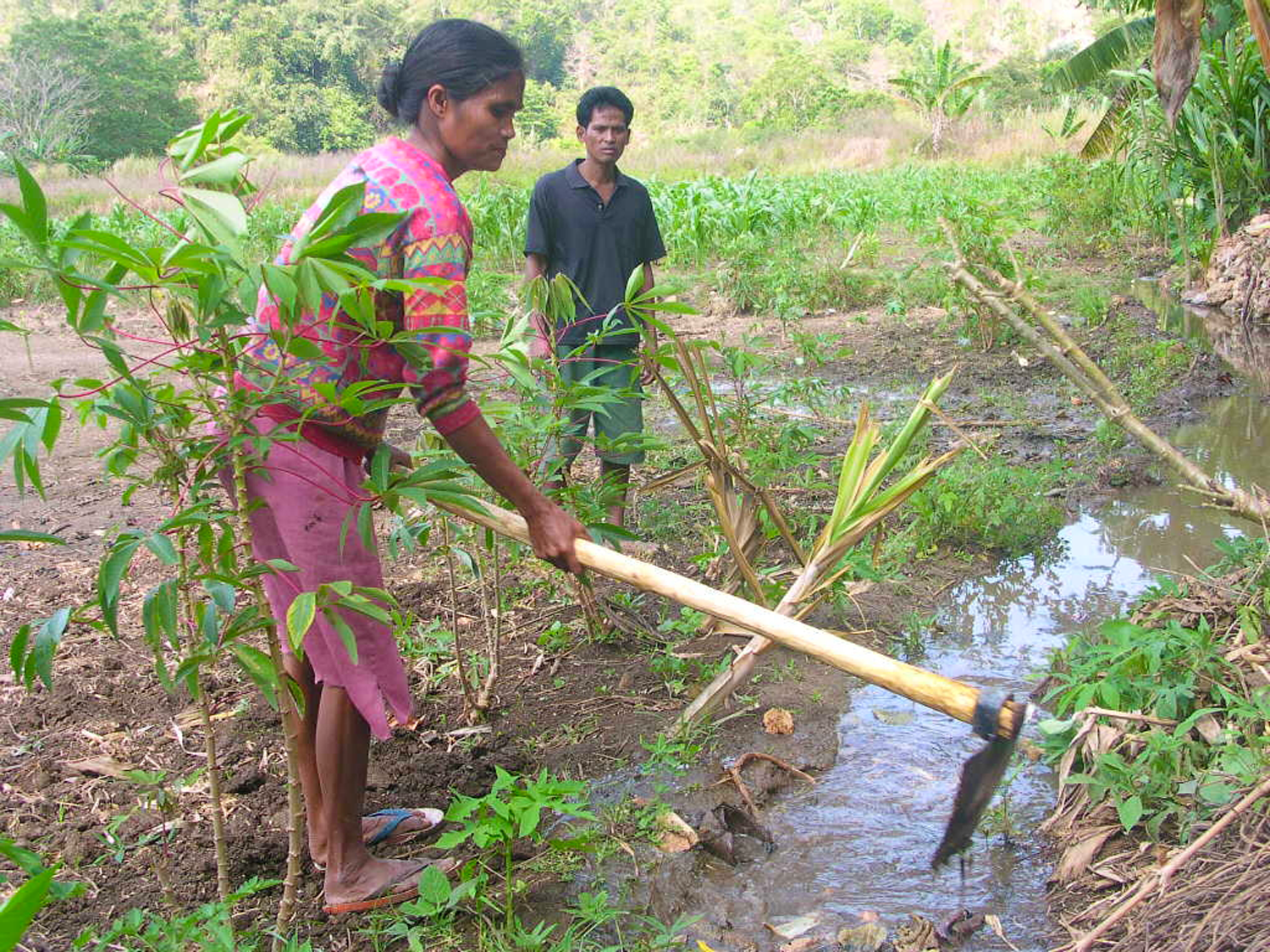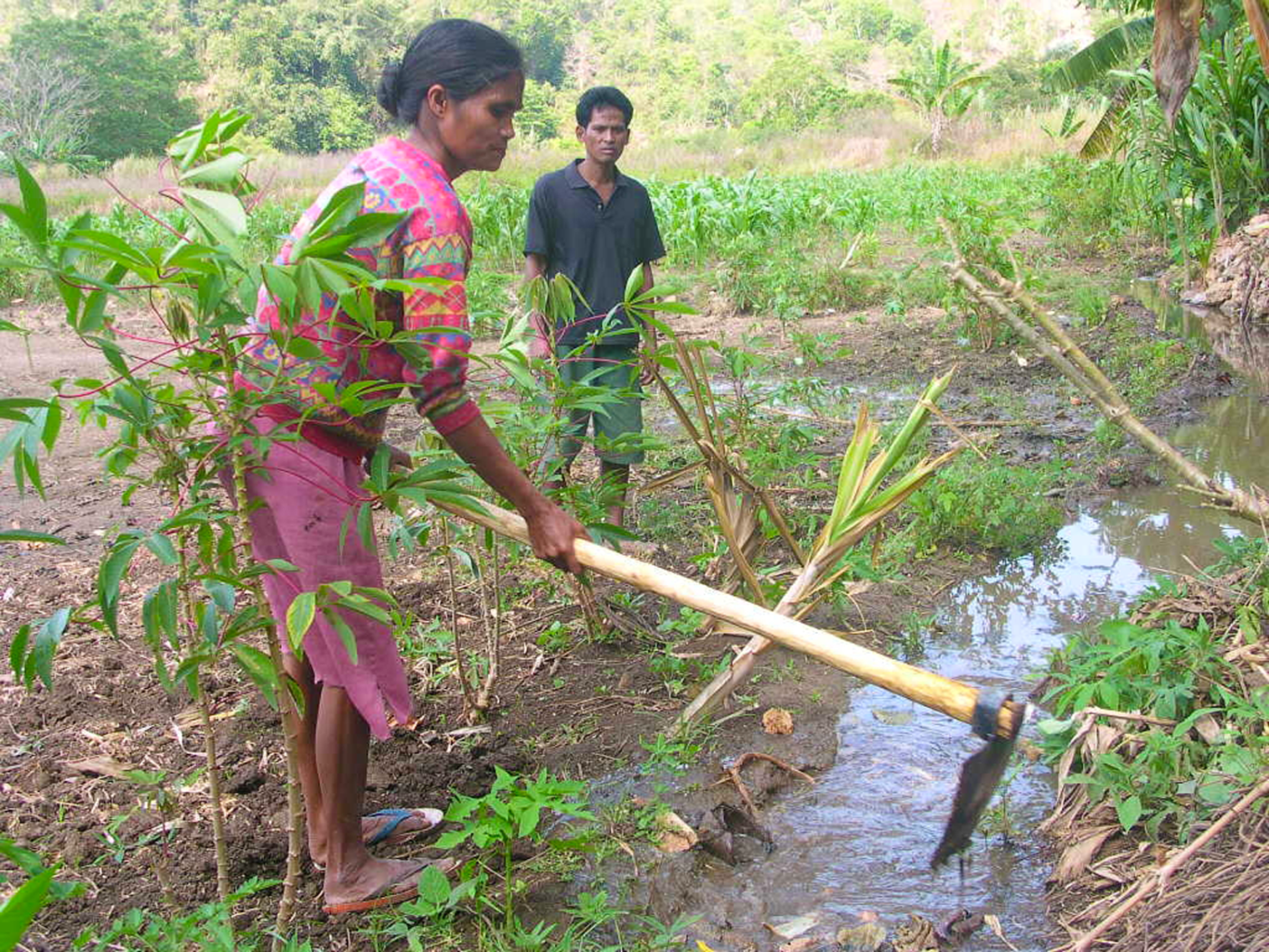Sumba Island is one of a chain of islands in the Lesser Sundas, a dry region of Eastern Indonesia. The island’s forests have degraded alarmingly in the last century. In 1927, forest covered half of the island, but by 2002 only seven percent was forested. Today, only five fragments of forest are greater than 6,178 acres each, and all of them are located in Manupeu Tanadaru National Park. This forest contains thick stands of rare sandalwood. The island lies in the Wallacea bioregion where Australian and Asian fauna overlap, and is home to eight endemic bird species. It is the last remaining habitat for a number of endemic frog, butterfly, and reptile species.
A number of villages border the national park, including Umbu Langang, a farming village of approximately 750 people. In 2003, the villagers agreed not to expand their farms into the national park. They are also willing to protect approximately 5,931 acres of forest and 1,483 acres of mixed savannah as a no-take area for at least ten years.
In exchange, Seacology will fund a fresh water system. It is critically needed; in the dry season, the nearest freshwater source is more than a mile from the village.






